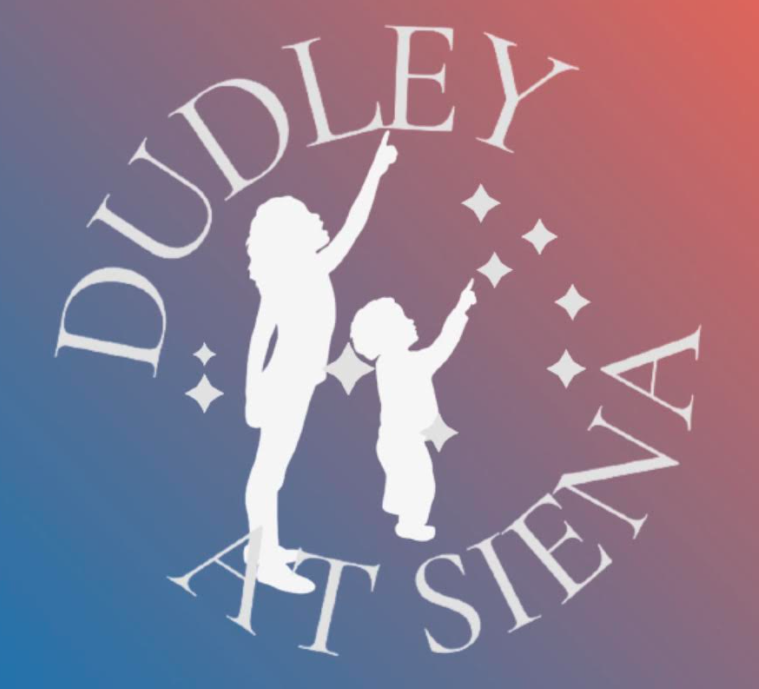Skywatch Line for Friday, June 14, through Sunday, June 16, written by Sam Salem
This is Dudley Observatory’s Skywatch Line for Friday, June 14, through Sunday, June 16, written by Sam Salem.
On Friday, Sun rises at 5:16am and sets at 8:35pm; Moon sets at 1:17am and rises at 1:17pm.
The first quarter Moon will fall on Friday at 3:18am. The Moon will reach apogee, its farthest distance from Earth in its elliptical orbit around Earth, on Friday when it’s 251,081 miles away.
On Saturday and Sunday evenings, the fat waxing gibbous Moon will hang near the bright star Spica in Virgo the Maiden. They’ll rise before sunset and be visible through several hours after midnight. As the stars come out, the Moon shines nearly midway between Spica to its lower left and fainter Gamma Virginis (Porrima) to its upper right. Gamma Virginis is an equal-brightness double star for telescopes with a separation of 3.4 arcseconds this year. It’s slowly widening. The pair is oriented almost north-south.
Mercury moves behind the Sun on Friday. This point in its orbit is called superior conjunction. It’ll emerge in the evening sky the last few days of June.
Mars and Saturn are in nice view just as dawn begins. The highest and easiest is Saturn, in the southeast. It has a modest magnitude of 1.2, but there’s nothing else that bright anywhere near it. Its background is dim constellation of Aquarius.
Look for Marsfar lower left of Saturn, by about four fists at arm’s length. It’s almost due east. Mars is magnitude 1.1. The twinkly star Alpha Arietis, magnitude 2.0, is about a fist to Mars’s upper left.
Neptune, 8th magnitude in the constellation of Pisces, is fairly low in the east-southeast just before dawn begins, about 10° lower left of Saturn. Locate Neptune with a large binocular or a telescope and a detailed finder chart showing the planet’s current location among the many similarly faint stars.
As the solstice comes on June 20th, the Summer Triangle finally stands high and proud in the east after dark. Its top star is bright Vega. Deneb is the brightest star to Vega’s lower left, by 2 or 3 fists at arm’s length. Look for Altair farther to Vega’s lower right. Altair is midway in brightness between Vega and Deneb.
In twilight as summer nears, look very low in the north-northwest for wintry star Capella very out of season. The farther north you are, the less low it will appear. If you’re as far north as Montreal, Capella is circumpolar.
Look in the northeast on these June evenings, near the star Vega to see Rastaban and Eltanin. The two stars are bright and close together. Find the Dragon’s Eyes, Rastaban and Eltanin, in the constellation Draco. They’re noticeable because they’re relatively bright and near each other. Because the two stars stay fixed relative to each other, Vega is always near them. These two stars represent the fiery Eyes of the constellation Draco the Dragon. Both stars got their origin names from the Arabic language. Rastaban means “the head of the serpent”, while Eltanin means “the dragon”. People at mid-northern latitudes get to view the Dragon’s eyes all night long.
